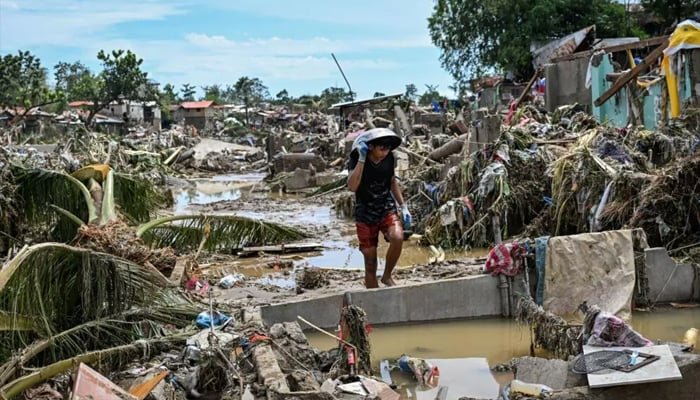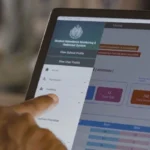Unprecedented floodwaters swept through towns and cities, carrying away cars, riverside homes, and even large shipping containers.
In Liloan, a town within the Cebu City metropolitan area, 35 bodies were recovered, bringing Cebu’s total fatalities to 76. National officials confirmed at least 17 additional deaths in other provinces, with 26 people still missing.
Residents described the floods as the worst they had ever experienced. Reynaldo Vergara, a local shop owner, said the water was so strong it destroyed his shop and made it impossible to step outside. Meteorologists reported that Cebu City received 183 millimeters (about seven inches) of rain in just 24 hours—well above its typical monthly average of 131 millimeters.
Provincial Governor Pamela Baricuatro called the floods “unprecedented,” noting that water, rather than wind, was the deadliest threat from the storm. Experts warn that human-driven climate change is making storms stronger and rainfall heavier, putting vulnerable communities at greater risk.
Nearly 400,000 people were evacuated ahead of Kalmaegi’s path. Meanwhile, the Philippine military reported a helicopter crash in northern Mindanao while assisting in relief efforts. Six crew members died, and authorities are verifying their identities.
As of Wednesday morning, Kalmaegi was moving west toward Palawan, with winds of 130 km/h (81 mph) and gusts reaching 180 km/h. The Philippines typically faces around 20 typhoons annually, and experts predict three to five more could strike before December.







